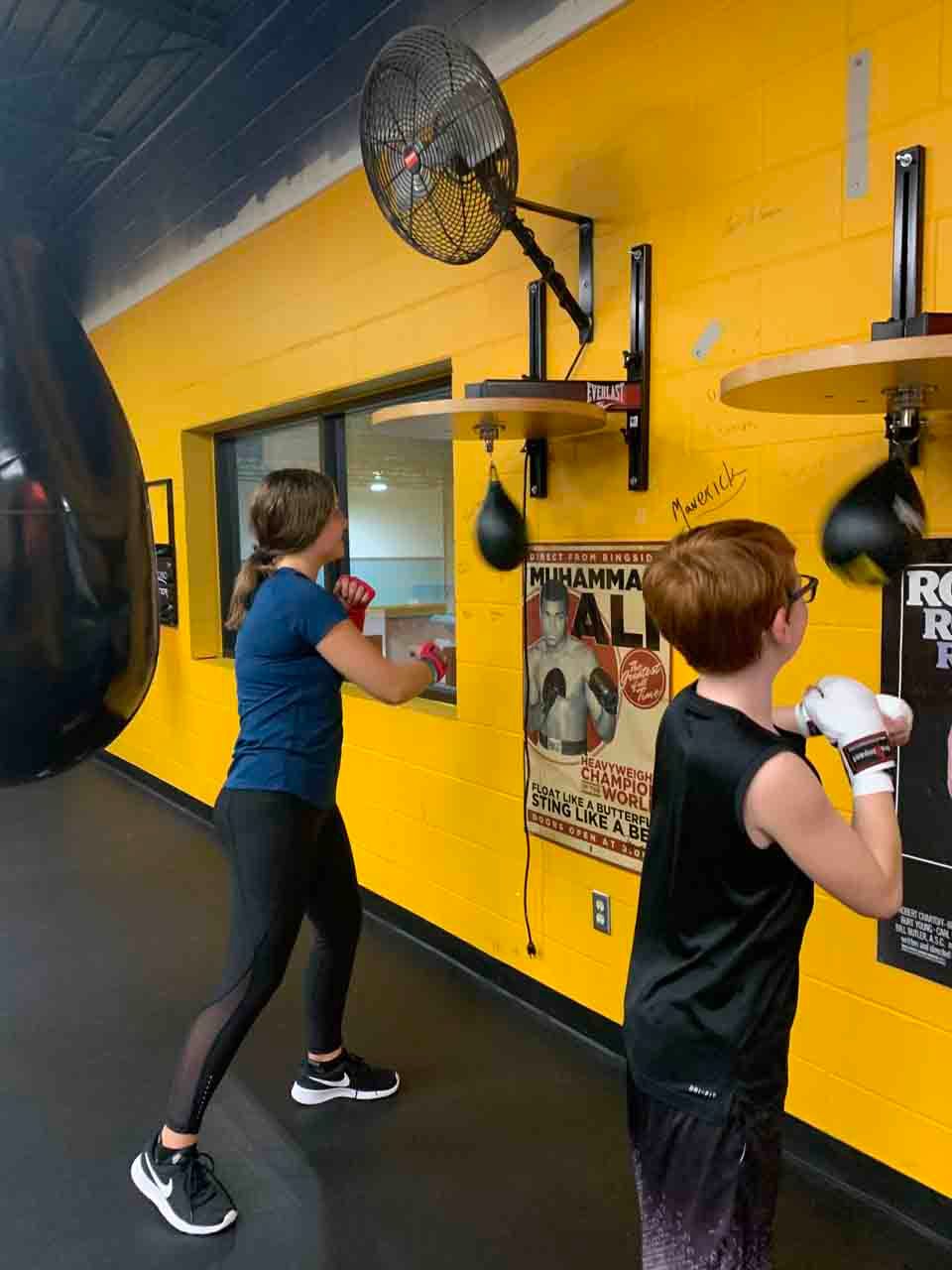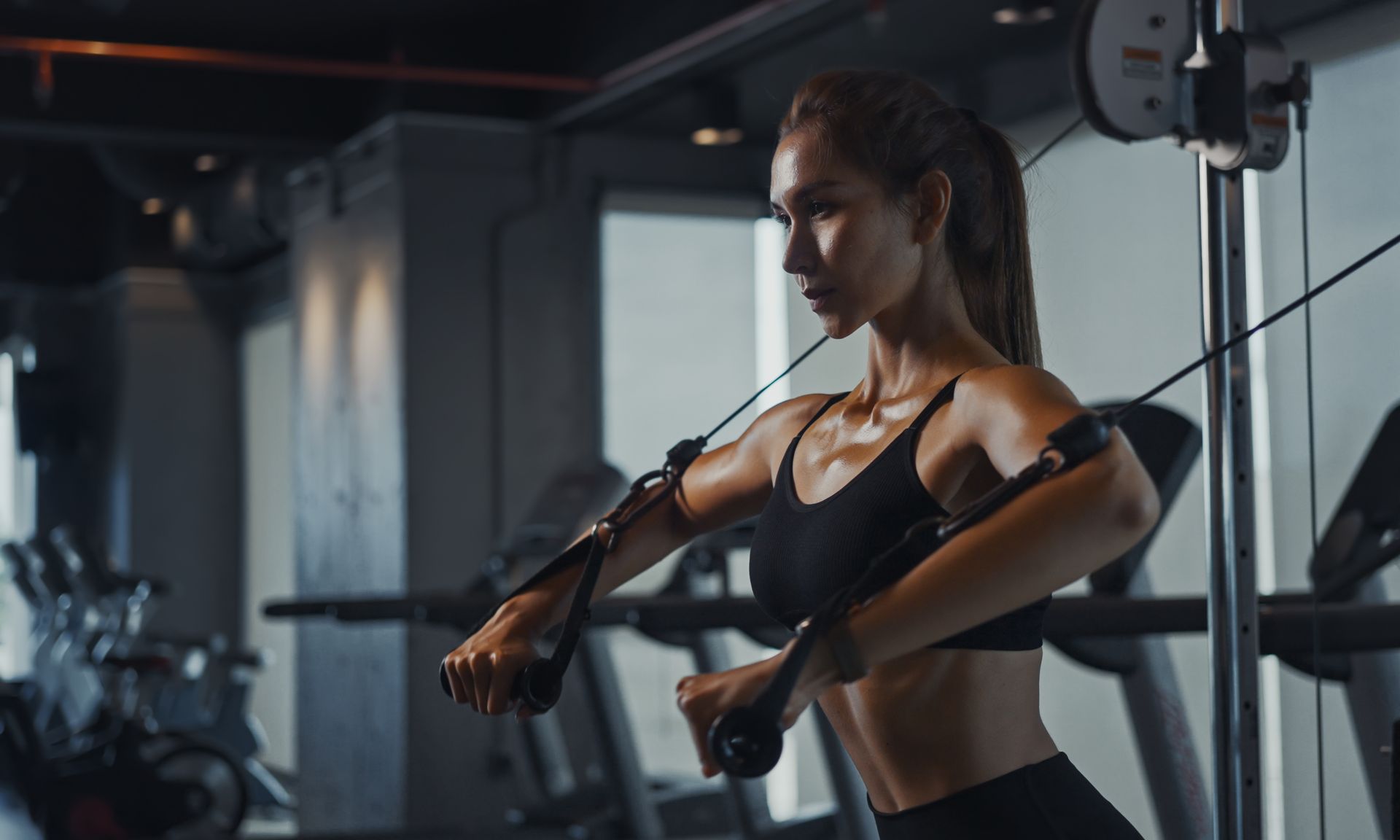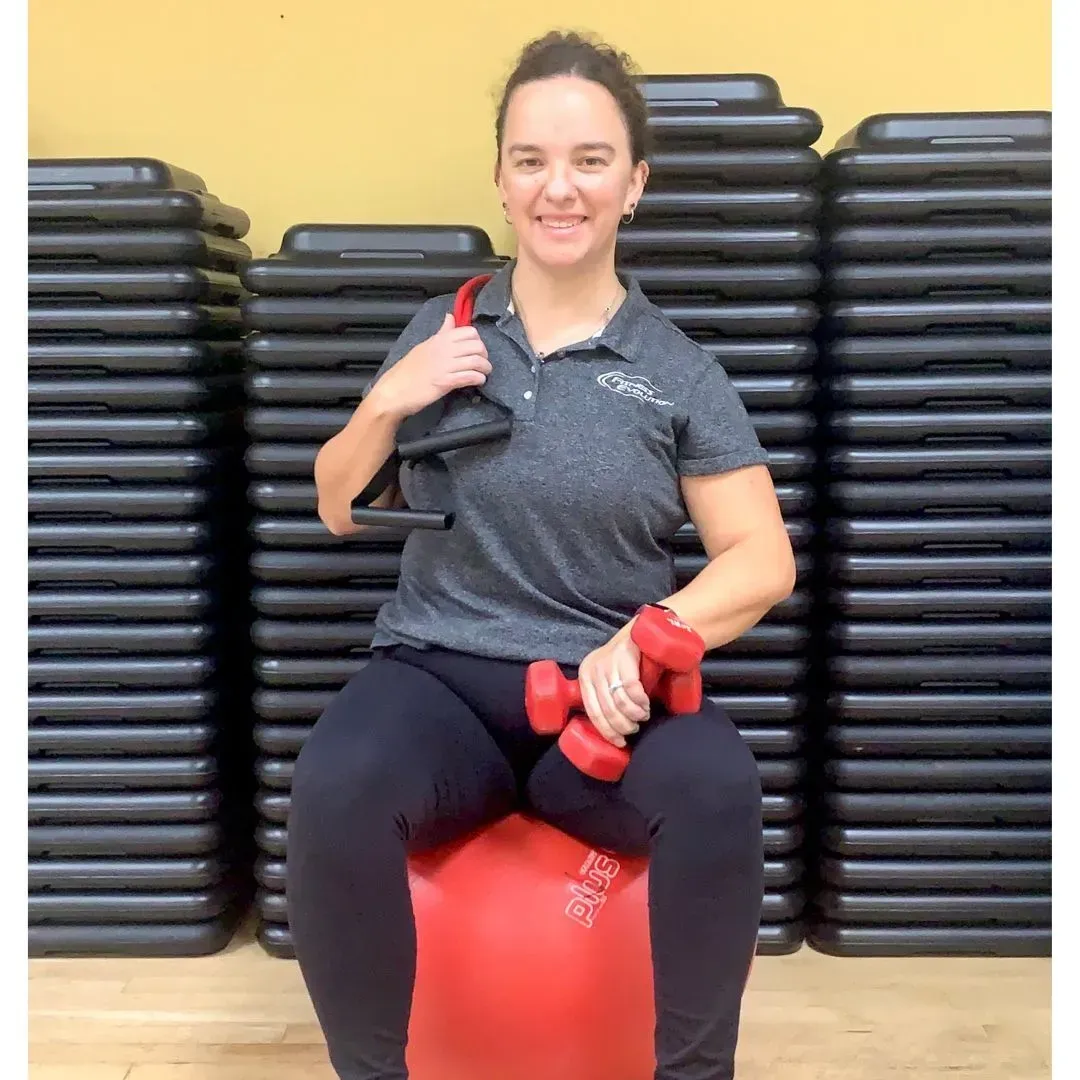What's Hip
What's Hip
By. Tracy Vincent, CPT, Assistant Manager Zimmerman
Hip mobility is a crucial yet often overlooked aspect of fitness that can make or break your gym performance. Whether you're an experienced lifter, a dedicated runner, or someone working toward overall health, understanding and improving your hip mobility can come with many benefits. From squats and lunges to running and jumping, nearly every physical activity involves the hips. Poor hip mobility can lead to compensatory movements, muscle imbalances, and increased risk of injury.
Limited hip mobility can present in several different ways, such as:
- Tight hip flexors are a common issue from prolonged sitting and sedentary lifestyles, which are common in desk jobs and long commutes. The muscle becomes shorted from always being in the flexed position, and can affect posture and basic movement patterns.
- Limited hip extension can stem from muscle imbalances, or past injuries, and can make it difficult to achieve full range of motion in exercises such as squats and deadlifts.
- Reduced hip rotation (internal and external) can hinder performance in activities that require agility and power, which can increase your risk of injury.
Hip mobility can be worked into your routine through a variety of methods:
- Dynamic warm ups before your workout will help prepare your hips and other joints for the work ahead. Leg swings, hip openers, deep squat pulses and short holds, among others, will activate the muscles and ready them for the full range of motion you will be using.
- Static stretching is great for the end of your workout. Focusing on the hip flexors, hamstrings, adductors, and glutes, you can work to alleviate tightness, and improve flexibility. Breathe deep, and hold the stretch for 20-30 seconds.
- Strength exercises are key to mobility and stability. Exercises such as hip bridges, clamshells, and lateral band walks will help to strengthen the surrounding muscles.
- Mobility drills, like hip CARs (controlled articular rotations), and 90/90 stretches can work to increase the range of motion in your hips, and help you build control of that range of motion. Control and quality of the movement is what's important here, go slow and be mindful.
Like anything we work towards in the gym, hip mobility doesn't happen overnight, it requires consistency and patience. Start slow, and gradually increase the intensity and complexity of your training. Incorporate it into your current warm up or cool down, and choose exercises specific to your workout that day. Most importantly, always listen to your body.
Your hips are the starting point of basic movement patterns, and athletic performance. Through the incorporation of hip mobility training into your routine, you can enhance your performance, reduce your risk of injury, and improve your movement quality in and out of the gym.
If you have questions, or are unsure of where to start, Fitness Evolutions accredited personal trainers are a great resource where you can get personalized recommendations to fit your individual needs. Schedule a consult today!










